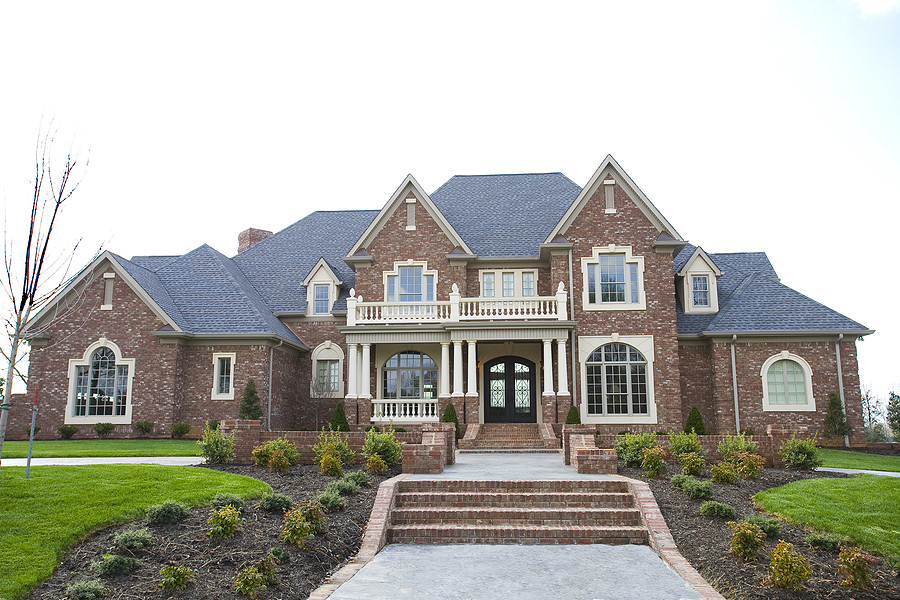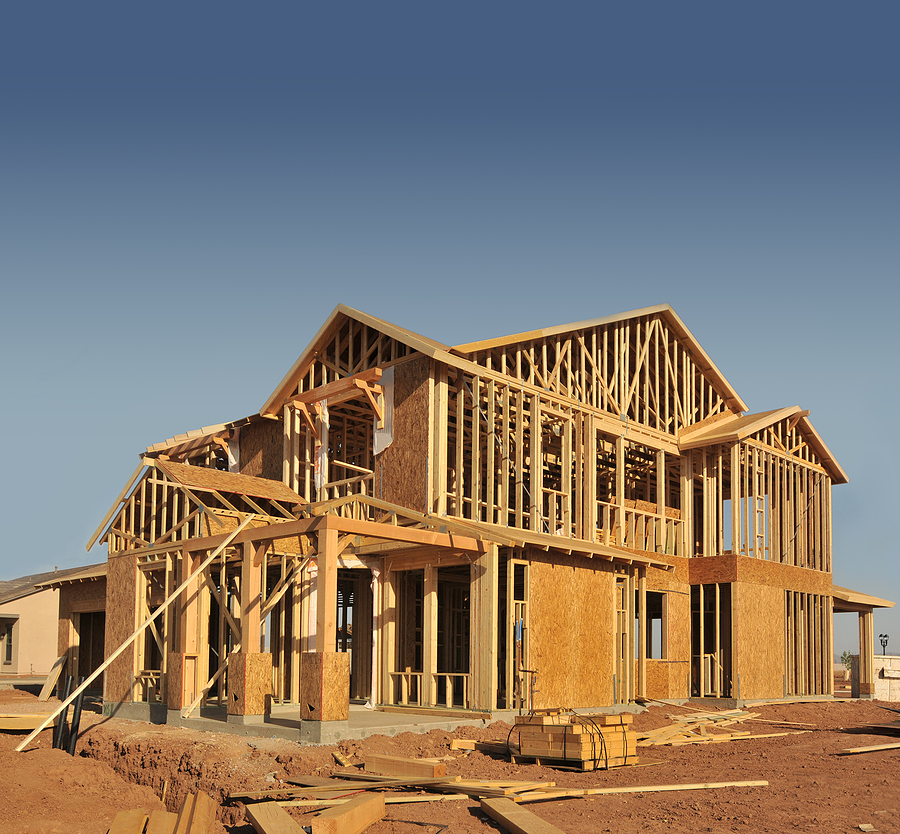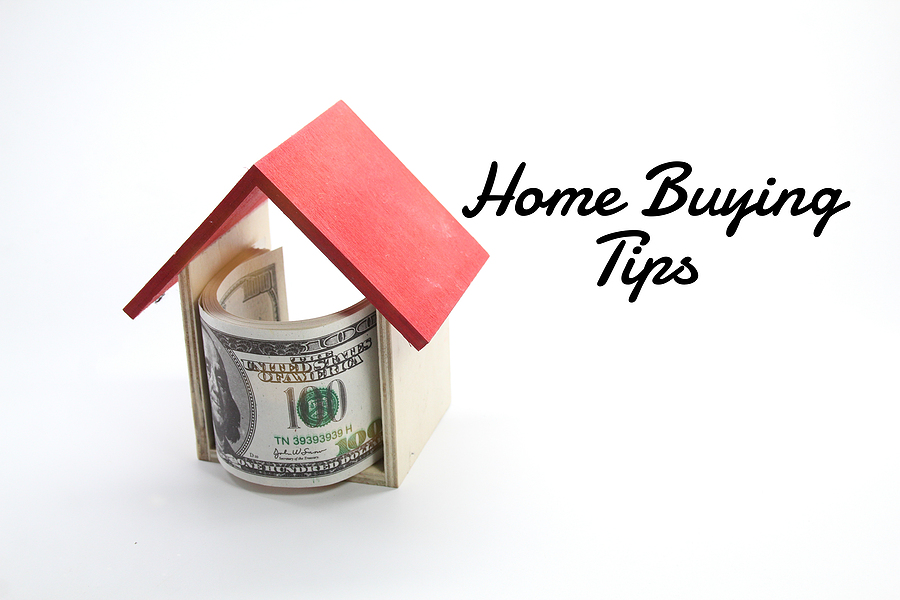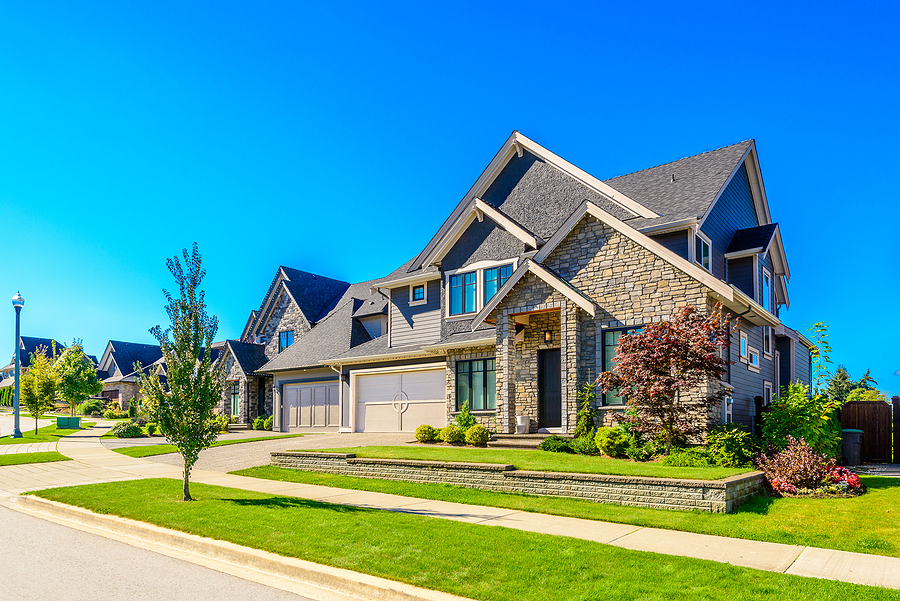Written by: Sam Isham
For most people, one of life’s long-term goals is to own a home they can share with their family, a root they and their kids can know they belong. And building a custom home is easily among the longings of many. A house they can custom design, imagining just how they want their cozy home to look like on the outside and inside.
But things are not always so simple. For one, the prices of homes have been increasing, especially in the recent years — as high as a reported 26% increase year to year in recent months.
And then there is the issue of mass construction, which makes most companies use cheap materials that often lead to low quality. Further, because they come with a designated floor plans, it can be a painstaking process filled with frustration to find a satisfying dream home these days.
Although buying a newly constructed home may afford you with some latitudes in customized exterior and interior, it still limits you to the neighborhood and overall structure your construction company chooses for you.
But there is a better way. If you’re looking to maximize your customization power when it comes to buying a new construction home, why not consider building your own home on a land of your choosing with a professional custom home builder , such as SLiJR Construction?
Sounds good, doesn’t it? But before you commit, here are 10 things to know about building a custom home of your own vision.
Table of Contents
1. Geography — Or Location, Location, Location
Yes, the first step is to consider is: Where do you want to perch the permanent home of your dreams?
Of course by “geography,” we don’t mean the same things you might’ve learned about in geography class. We mean it on a more personal level: What do you want your home environment looking like? Just on the urban outskirts? Surrounded by nature? Because to build a new home, you need to choose a piece of land first!
… That, and the market, of course. Besides the environment in which you want your home to sit, deciding which parts of the country you want to live in will also have an impact on the prices of your chosen land. These prices can often be found on the government’s statistics website. A good custom builder can help with with these issues. In NC, for instance SLijR construction can help you with the selection of your land, as well as guide you throughout the design and construction phase of your dream home.
2. Budget — or What Size is Your Wallet?
Geography is not only a geographical decision, but a financial one, as well. Although your custom home has a better long-term value for you personally (as opposed to market value, though that could be true, too), it is not cheap.
According to the statistics gathered by the National Association of Home Builders, on average new homes are more expensive than existing ones, albeit not by a huge margin.
So, before you commit to a land and start designing to build on your own lot, work out your finances and determine a budget range.
Even though we just talked about the downsides of limitations when trying to get your dream house, sometimes limits can be a good thing. In this case, your budget is likely to help you narrow down the almost infinite number of choices you are bound to have!
3. Consider style & material when building a custome home
Naturally, for your customized dream home, you’d want it to work specifically for you and your family.
When buying a new construction home, depending on what type of house you’re aiming at, and also considering the weather of your chosen region, you’ll need different materials to make your home durable and flexible.
Along the same line, consider the possibility of renovation in the future, and try to opt for material, including building material and paints that are easy to accommodate so that every time you redecorate it won’t feel like building a whole new home.
4. Think practical With Buying a New Construction Home
Sometimes when we are shooting for a dream, we can forget the practical stuff that’s the opposite of romantic. Garbage area or storage where things you’ve outgrown collect dust, for example. But they are necessary and crucial to actually living a nice life once you moved in.
Consider what structures and spaces you need every day. Meticulous planning always pays off in the future. Sometimes, choosing a large scale builder churning out hundreds of new constriction houses in smaller and smaller-sized lots may not offer these latitudes and benefits. Choosing a custom builder and to build on your lot that you may have selected with or without the help of the builder may be your best option
5. Research your contractor
So you have chosen a piece of land and taken a loan for the big build, designed every corner you can think of, now it’s time to actually build it. Unless you’re a seasoned builder yourself, you’ll likely rely on a contractor to build your home.
But not all contractors are made the same. Depending on the years they’ve spent in the business, their integrity and the types of homes they’ve built, the quality of your home will vary.
You have already considered the style and material you want to use for your custom home, now is the time to leverage that and match it with the perfect contractor who knows how to bring out your vision. Of course if you are building in NC, you could not make a better choice than the experienced SLiJR builders. Not only are we very skilled, we are quite knowledgeable and can even help you bounce around some ideas you’re not 100% confident in.
6. Schedules are guidelines
With any contractor, or even if you were literally building your custom home yourself, you will need a timeline to get things done. But building a home may not all depend on you when it comes to timing.
Bad weathers and unexpected circumstances are always just around the corner. That can delay your schedule. In a post shared by a family who built their own home, for example, they said that their actual build time was a year, even though the original timeline had been 9 months.
The unexpected always happens. So expect it. The solution? Building a custom home with a builder who is experienced and truly take those contingencies into their calculations.
7. Invest in good fixtures
We have talked about the reduced quality of mass-constructed homes, and one of the perks of custom building on your own lot is that you get to choose everything that goes into your dream home, so long as you can afford it.
When it comes to fixtures central to your life, such as kitchen island and counters, or balconies, you might want to invest in some nice ones that won’t go out of date or style in only a few years down the road.
Do not opt for expedient choices that will bring you much more costs and headaches from renovating every couple years.
8. Long-term financing
By now, this may not come as a surprise anymore, but while many feel like once the cost of the home itself is settled, everything financial is good to go, that is not the case if you’re building your own custom home.
Even though you can cover big costs with construction loans, things like decoration and fixtures will require you to dig into your own savings. So think ahead and set up an account that includes the expenses you will want to invest in the interior of your dreams.
9. Energy savings a Not-Miss When Buying a New Construction Home
No, it’s not just green energy, although that would be a nice investment if the environment allows. When it comes to investing in your dream home, thinking long-term is key. t.
You may pay a little more extra on the outset for energy-efficient options, such as smart thermostats and lighting, in the long term these tend to save you quite generously — month after month — on your bills. So make sure you research and consider these more efficient and durable energy options for your custom home.
10. Permanent may not be forever
We know we said this particular custom home you are so ready to build is supposed to be your dream home, and that surely it’s supposed to last and serve your for eternity. But the truth is, sometimes life happens and your house cannot always move with you.
Though it may be disheartening to hear, but selling your custom house at some point in the future is not entirely an impossible event. And it’s not all bad. Consider that with each passing year, your home’s value increases, and since it’s custom-built to be one of the kind, you might get a really good price for it, and it’ would very likely be enticing for those looking to buy existing homes.
With the experience you have now in building your own home, your next one, should you choose to do so again, will be much easier, and would certainly gives you a chance to improve on your ideas!
With these 10 caveats in mind, you’re one step ahead to your dream custom home. Lastly, for those looking forward to building a custom home in NC, expert family-friendly custom builders such as SLiJR Construction can help. But wherever your location, be sure to research and select a custom builder that is experienced and reputable. It’s the best way to ensure that you will get your dream home built with minimal friction and maximal satisfaction.
Sources
- Home price stat: https://wowa.ca/ontario-housing-market
- Building vs buying prices: nahb.org/-/media/NAHB/news-and-economics/docs/housing-economics/sales/median-prices.pdf
- Homeowner story: https://www.mymove.com/home-building/guides/building-custom-house/




